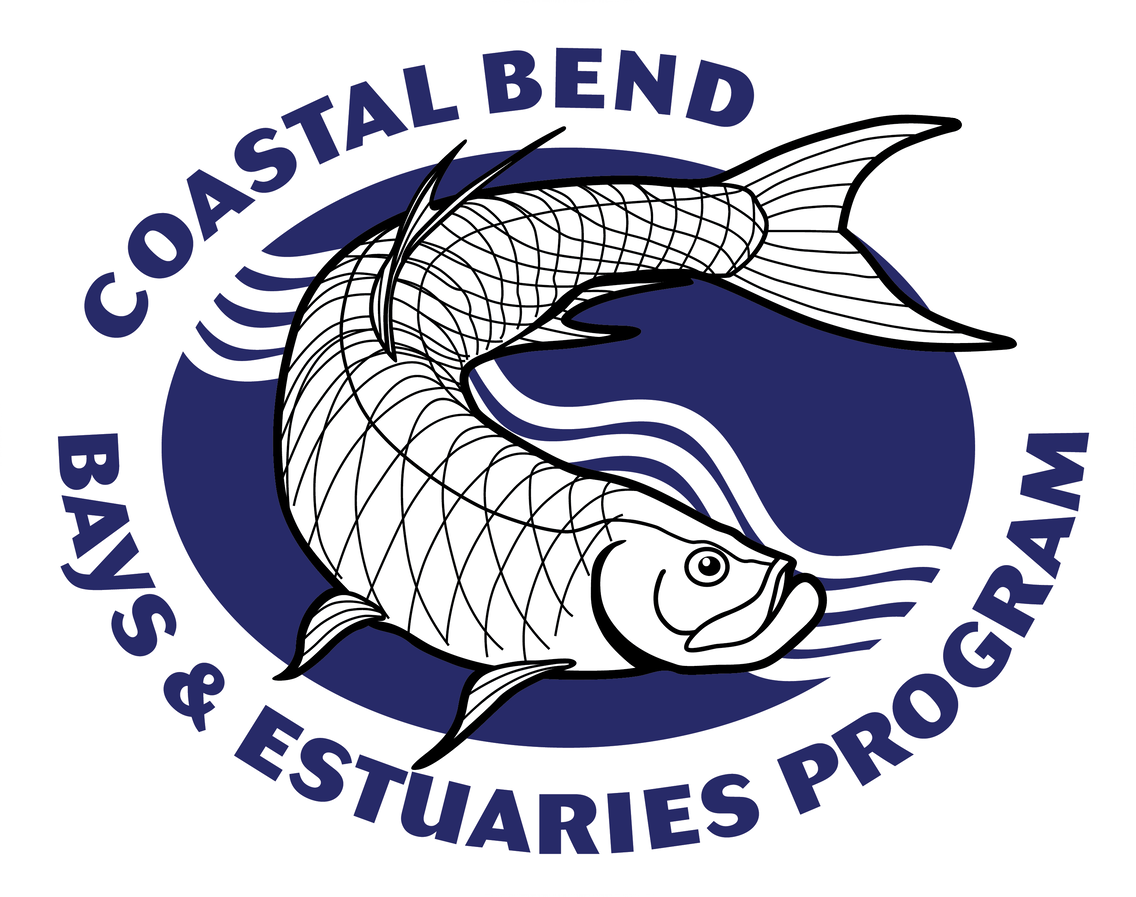HEALTHY ESTUARY HABITATS:
TEKS Covered: 112.26 (a) 1AiDE, 2-5 (b) 1, 2C, 3A, 4A, 5B&C, 6B, 8B, 10A, 11, 12, 13
Equipment used: field journals, thermometers, sieves, discovery hoops, meter sticks, calculators
Vocabulary: organism, population, community, ecosystem, biotic, abiotic, autotrophs, heterotrophs, environment, taxonomy, renewable, nonrenewable, sedimentary
Field Trip Stations:
Habitat Hike – Take a hike, observe and sketch different types of habitats throughout the trail. Identify the elements that make up these habitats.
Healthy Pond – Collect water quality data for the pond ecosystem and make observations on the different types of habitats found in that environment.
Wetland Insects – Use collecting nets, collecting jars, and hand lenses to investigate insects and draw your specimen. The taxonomy of the insects can be discovered with the use of keys.
Particle Size – Use collecting equipment to unearth the soil and separate the particle sizes. Identify the processes that bring soil to the Delta.
Habitat Sketches – Identify the main elements that make up a habitat. Sketch two different animal habitats and label the things they need to survive.
Who’s Been to Rincon? – Look around you and use clues to discover who uses the water at the bayou.
Due to the size of most middle/high school trips, we usually host the grade levels over a series of days. During the field trip, a number of stations will be run by our education staff & volunteers. Students will rotate through these stations. The activities provided are sample trips for each grade level, but as always, you may customize your field trip by meeting with the educator.
For more information in planning your field trip or to customize a trip, please view our Teacher Workbook.
